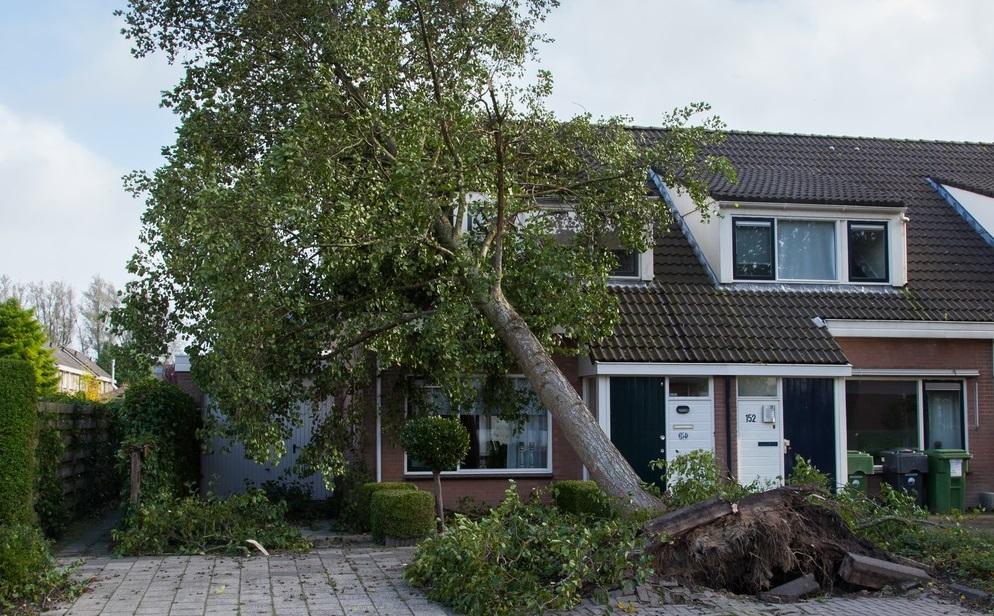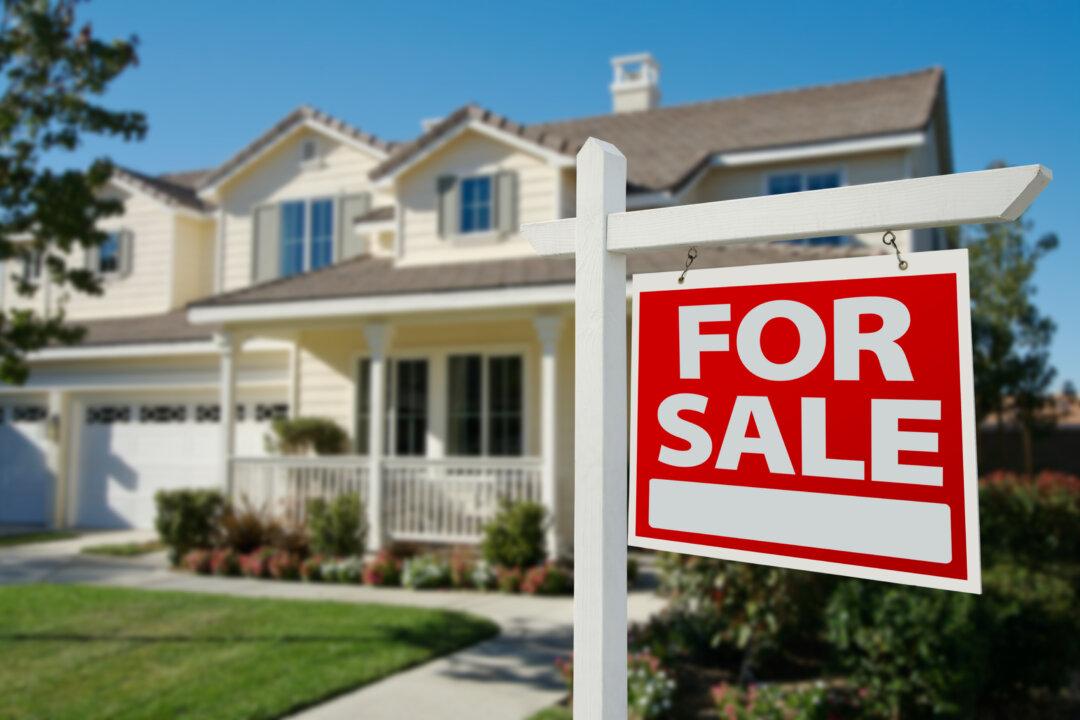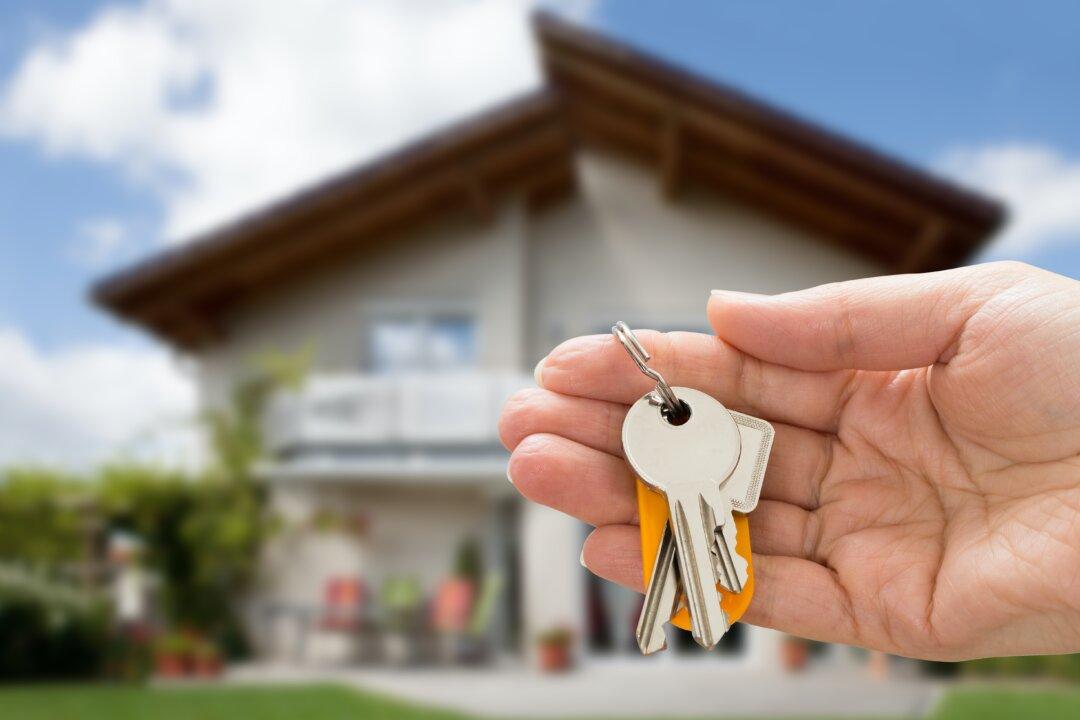Dear Monty: My neighbor’s tree fell on our property. It destroyed our brick fence, and we have significant damage to the garage. My insurance agent gave me a very vague response about the insurance adjuster determining liability. She said she would come out in the next few days. She also hinted that my policy might pay for the damage. How can I be liable for his tree, or any part of it, falling and damaging my property?
Monty’s Answer: Your agent may not have wanted to break the news to you. Your insurance company will likely pay for the damage. The insurance company may have a protocol to minimize miscommunications. Your agent is in the sales department, and the adjuster is in the risk management department. The insurance company may want the adjuster to inspect the site before your agent comments.





